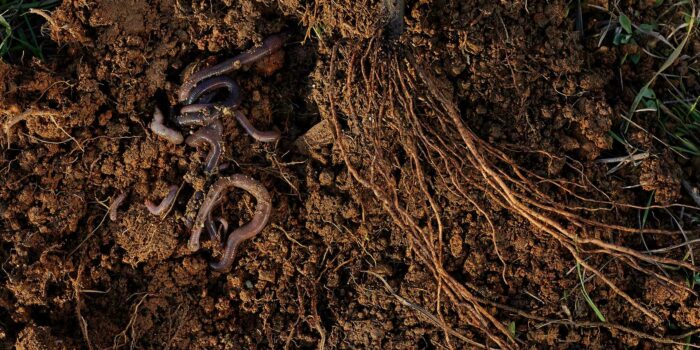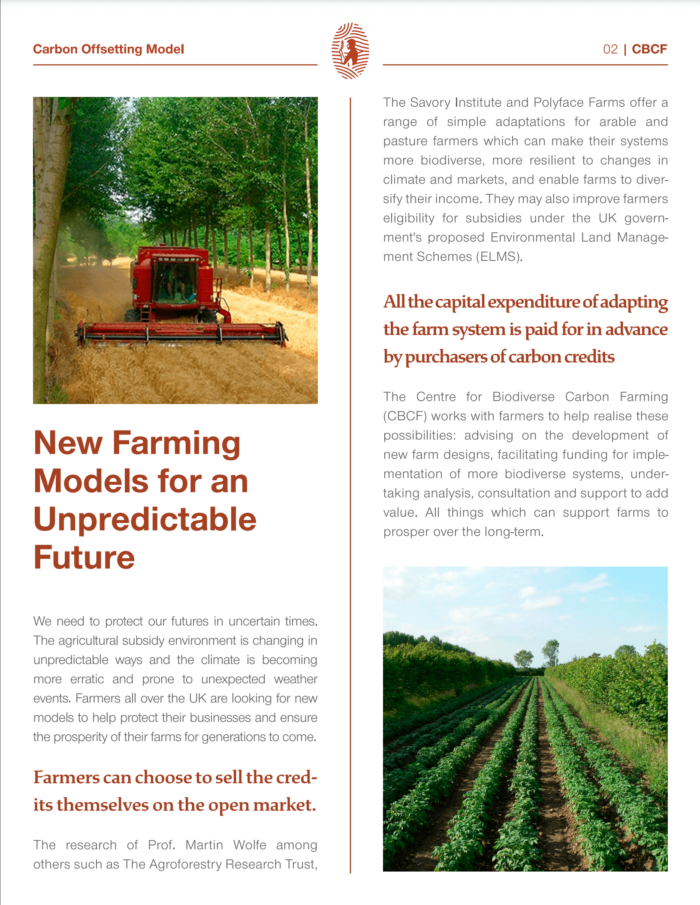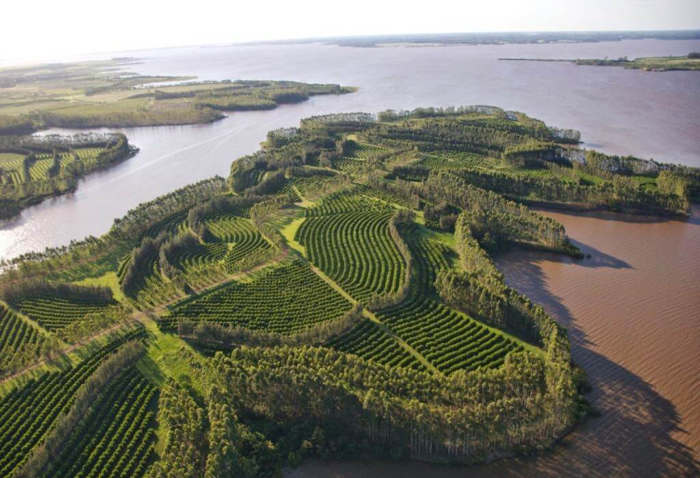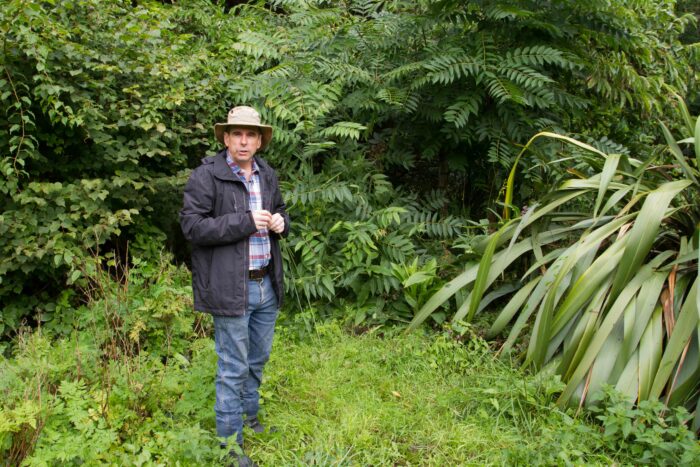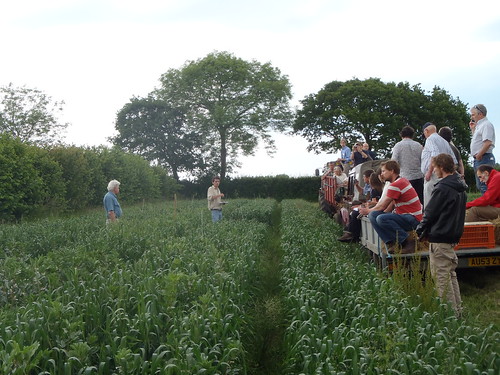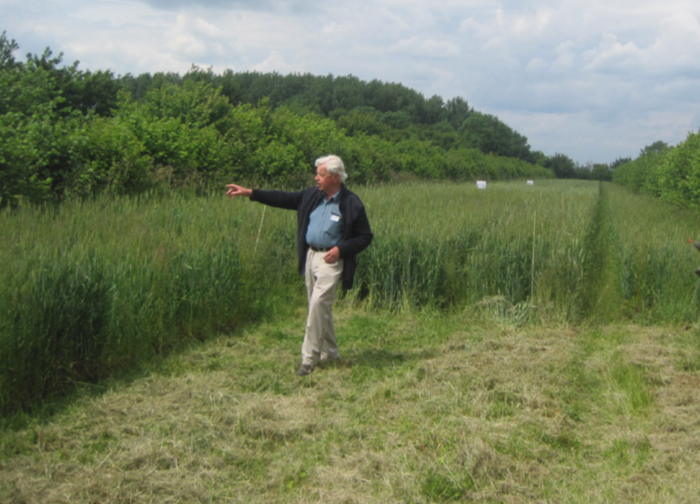
Water Availability
Home Carbon Sequestration Water Availability
Water Availability
Soil Organic carbon holds 10 times its weight in water. Deeper soils structured with perennial root systems result in more water being held in the ground for longer, making it available for plants and animals.
Soil Organic carbon holds 10 times its weight in water.
Biodiverse Farming systems are designed to build topsoil and soil microbiology by copying and cooperating with the natural processes which have evolved for life on land.
Perennial crops enable deep root networks. Roots exude carbohydrates which attract bacteria and fungi to attach to the root hairs. This forms the basis of the soil food web, with a whole zoo of microorganisms clustering around the fungi and bacteria.
Biodiverse farming systems are designed to build topsoil and soil microbiology
As these root networks extend, so does the soil biology. The death of roots and microorganisms adds carbon to the soil below ground. Above ground, leaf drop and manure from grazing animals and birds, cycles green matter into the soil, further increasing soil organic carbon.
This solid organic carbon holds water in the soil like a sponge, enabling more water to be available for longer than soils with less soil organic carbon.
To improve the situation further, extensive perennial root systems from trees, shrubs, herbaceous plants and grasses that are allowed to grow deep facilitate better water infiltration. This reduces runoff and enables water to penetrate to deeper layers of the soil, where it can be held by soil organic carbon.
Extensive perennial root systems facilitate better water infiltration.
At a big enough scale, trees create their own rainfall. The application of Biodiverse Farming on a grand scale could have the potential to increase precipitation.
Water scarcity is already a reality. The number of places effected continues to increase. Solutions to sequester carbon and mitigate climate change that can also improve water availability have a major advantage.
The application of Biodiverse Farming on a grand scale could have the potential to increase precipitation.
Related content
Biodiversity from Farm Productivity

